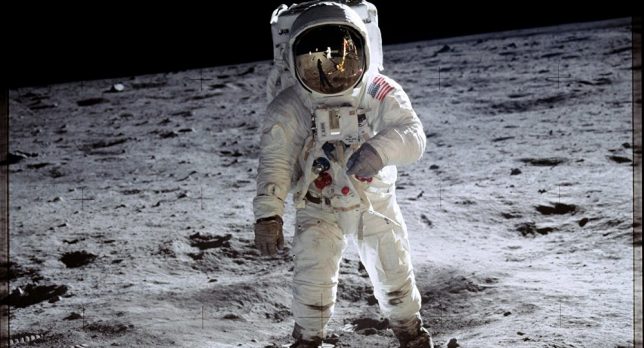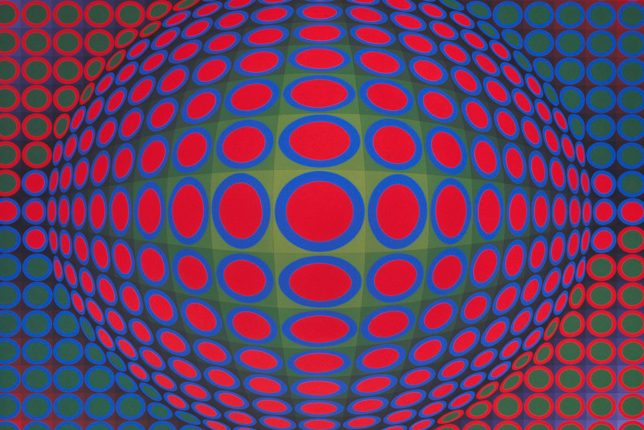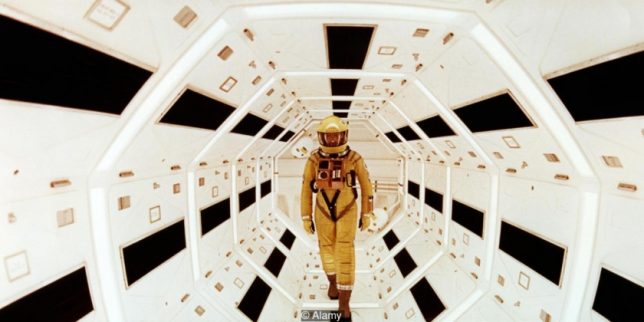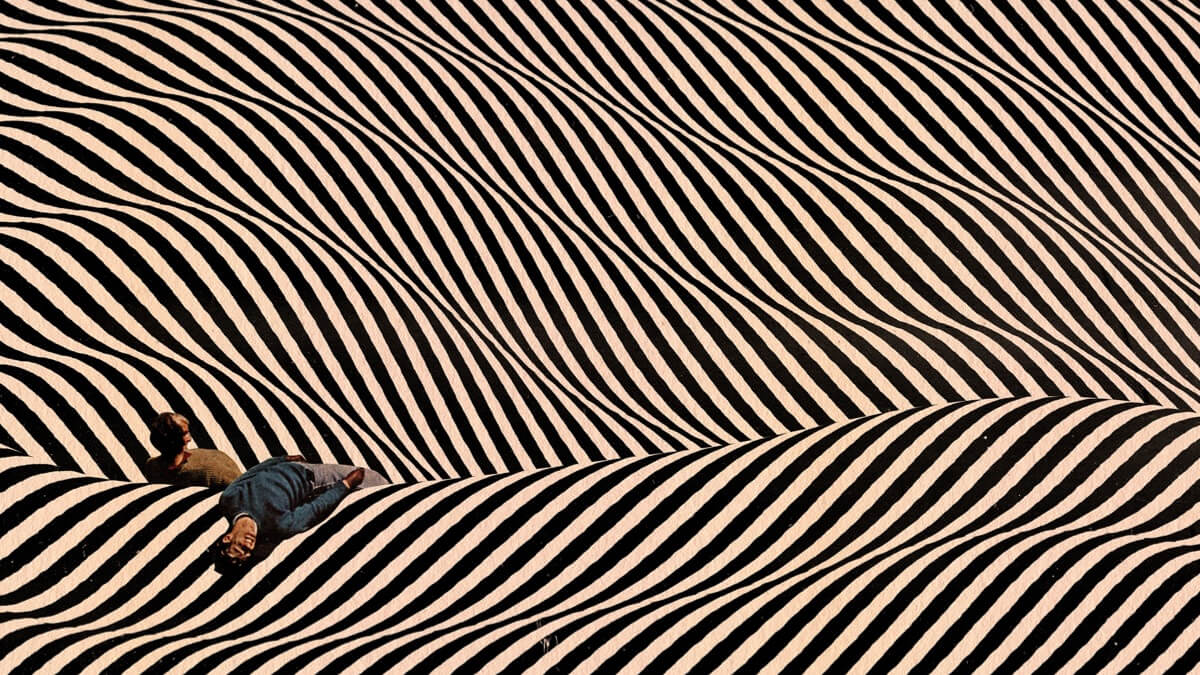
Vasarely, an Icon of the Space Age
From the 6th of February to the 6th of May, the Centre Pompidou in Paris is organising an exceptional retrospective on the master of Optical Art, Victor Vasarely. Artsper flies you to the moon for an outer space odyssey at the heart of the Space Age movement of the 1960s.

The Context of the Space Age

The Space Age was born in the contexte of the Cold War and the Space Race between the USA and USSR. The USSR successfully sent the first man, Youri Gagarine, into space in April 1961. John F. Kennedy responded to USSR’s head start by promising his electors that America would land on the moon by the end of the 60s. He famously stated during one speech: “We choose to go to the moon.” A promise is a promise, and in 1969 the American Neil Armstrong was the first man to land on the moon while the whole world watched, holding its breath. In these exciting, futuristic times, the most creative minds started imagining what the world would be like in an age where sky wasn’t the limit.
From Spatial Conquest to Vasarely’s Revolution

Vasarely was largely inspired by his time, one in which popular imagination pictured the year 2000s to be all about flying cars and people
Victor Vasarely didn’t only leave his mark on the art world but the entirety of the 1960s popular culture. The Space Age was indeed influential in an number of creative domains.
Fashion and the Space Age

While Vasarely was creating his famous Vega series, Paco Rabanne, Pierre Cardin and André Courrèges created haute couture pieces inspired by space suits. Astronaut helmets, silver suits, and innovative materials such as PVC, acrylic and metallic… Designers created a “cosmic” fashion from outer space.
Cinema and the Space Age

It was also around this time that Stanley Kubrick released his Sci-Fi masterpiece “2001: A Space Odyssey”. This disturbingly avant-garde film envisioned the man on the moon, one year before the NASA carried out this exploit. Some even believed that the images of Neil Armstrong landing on the moon weren’t shot in space, but in Kubrick’s studios!
Music and the Space Age

In 1969, the legendary singer David Bowie drew inspiration from the space frenzy for producing his single “Space Oddity”. Bowie even used one of Vasarely’s paintings for his album cover!

About Artsper
Founded in 2013, Artsper is an online marketplace for contemporary art. Partnering with 1,800 professional art galleries around the world, it makes discovering and acquiring art accessible to all.
Learn more













